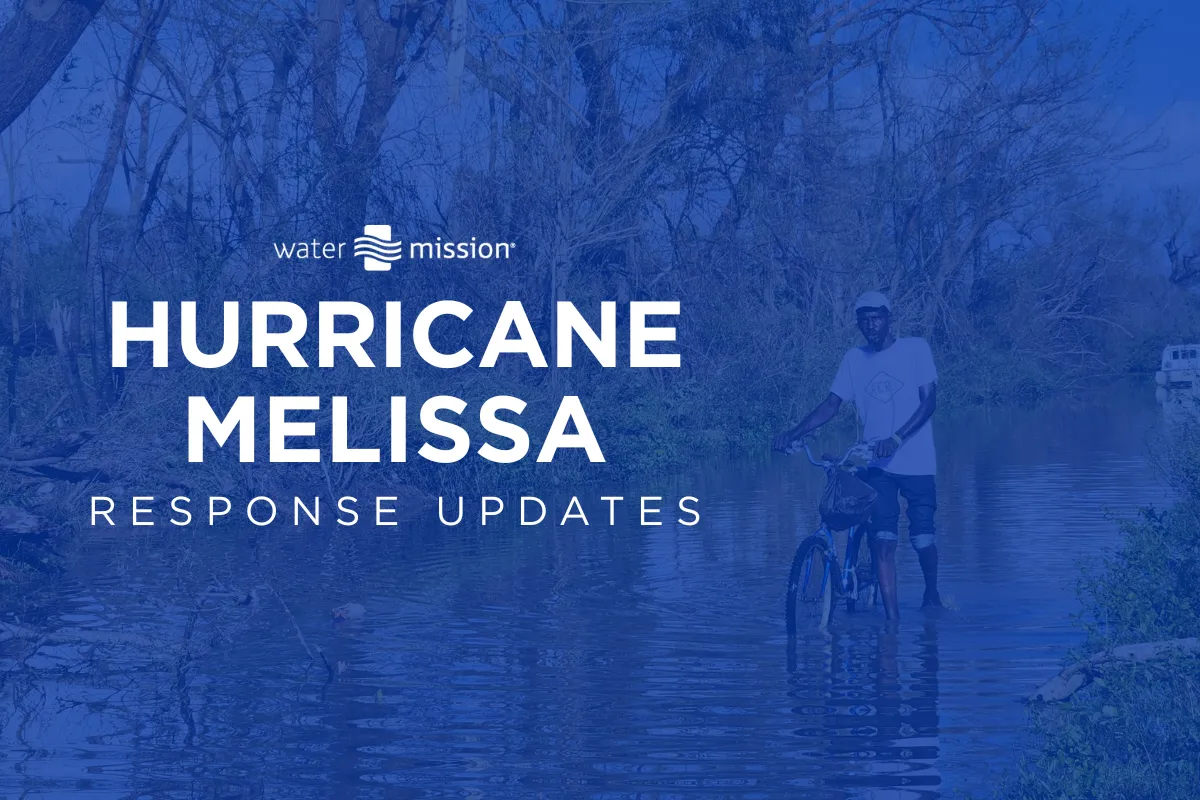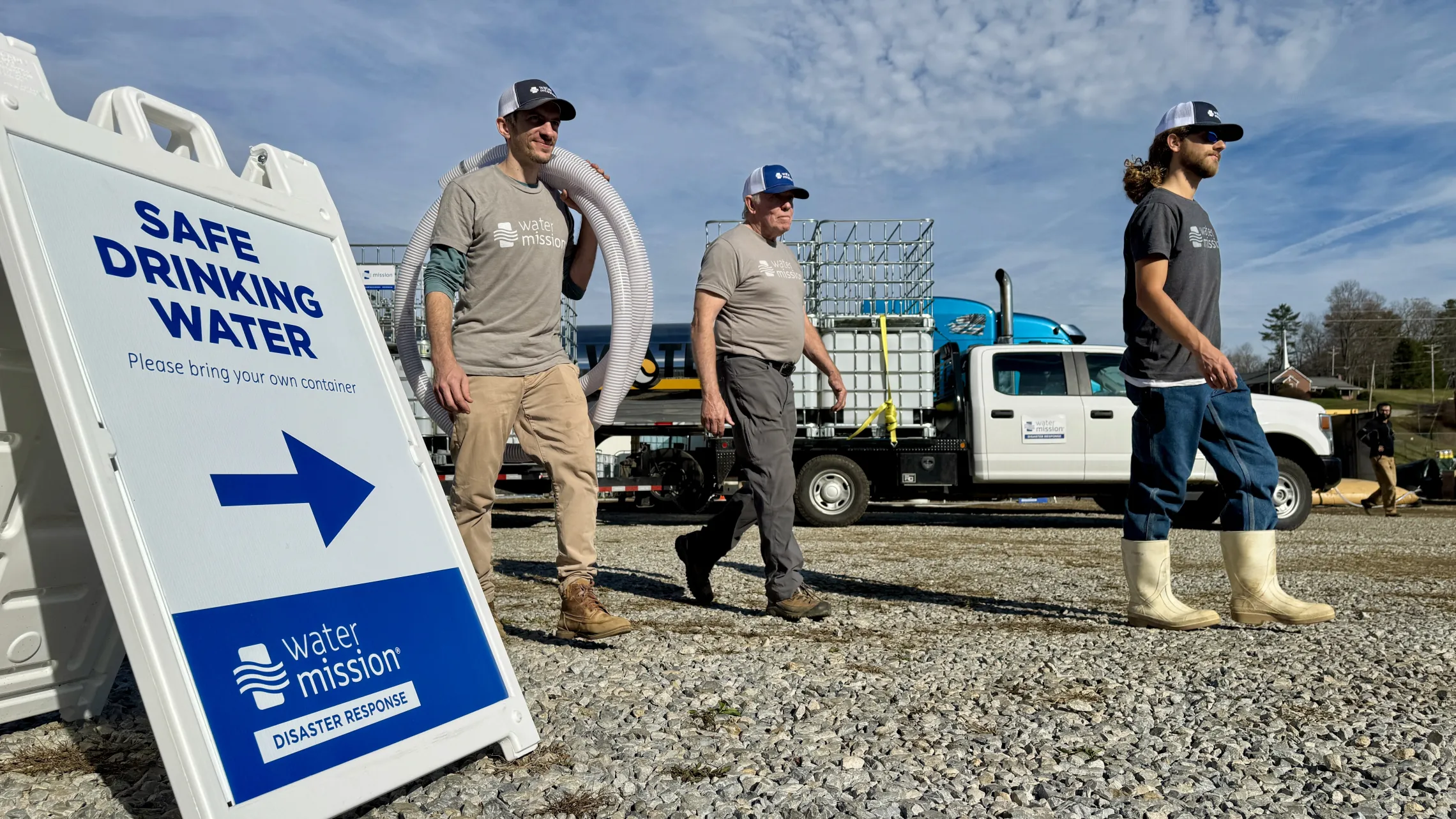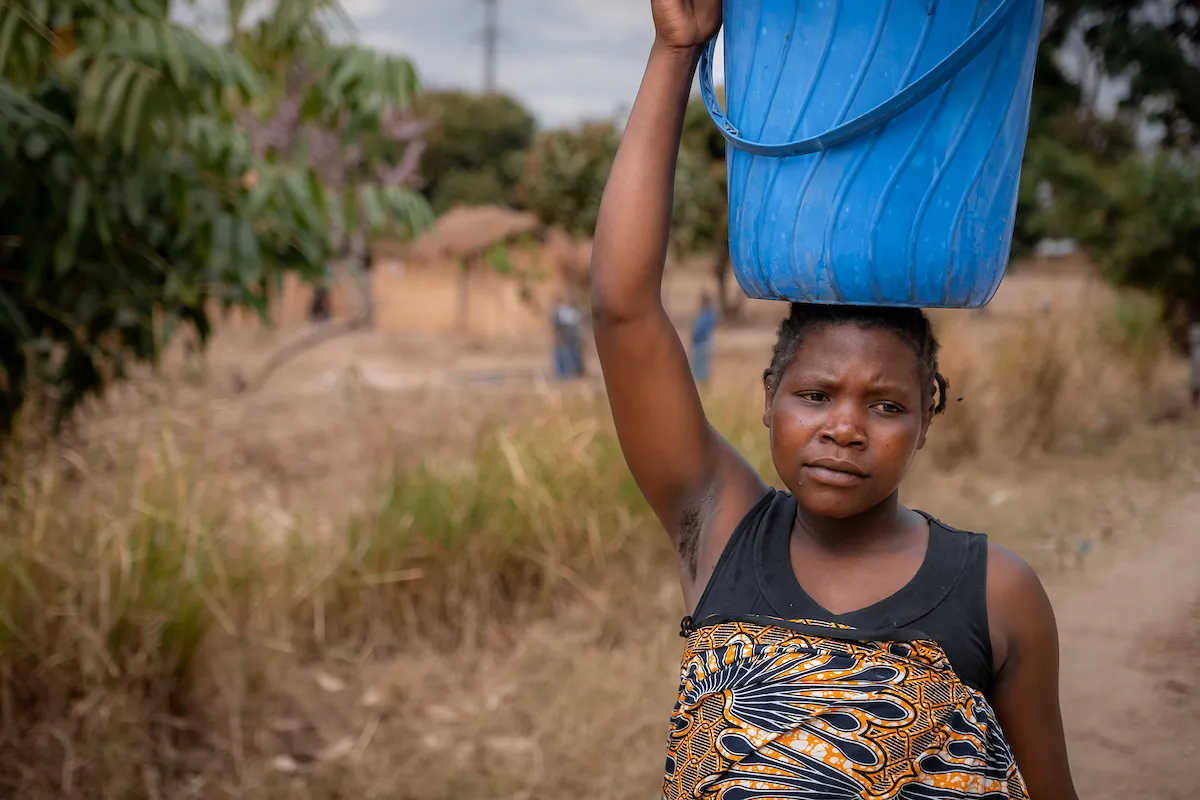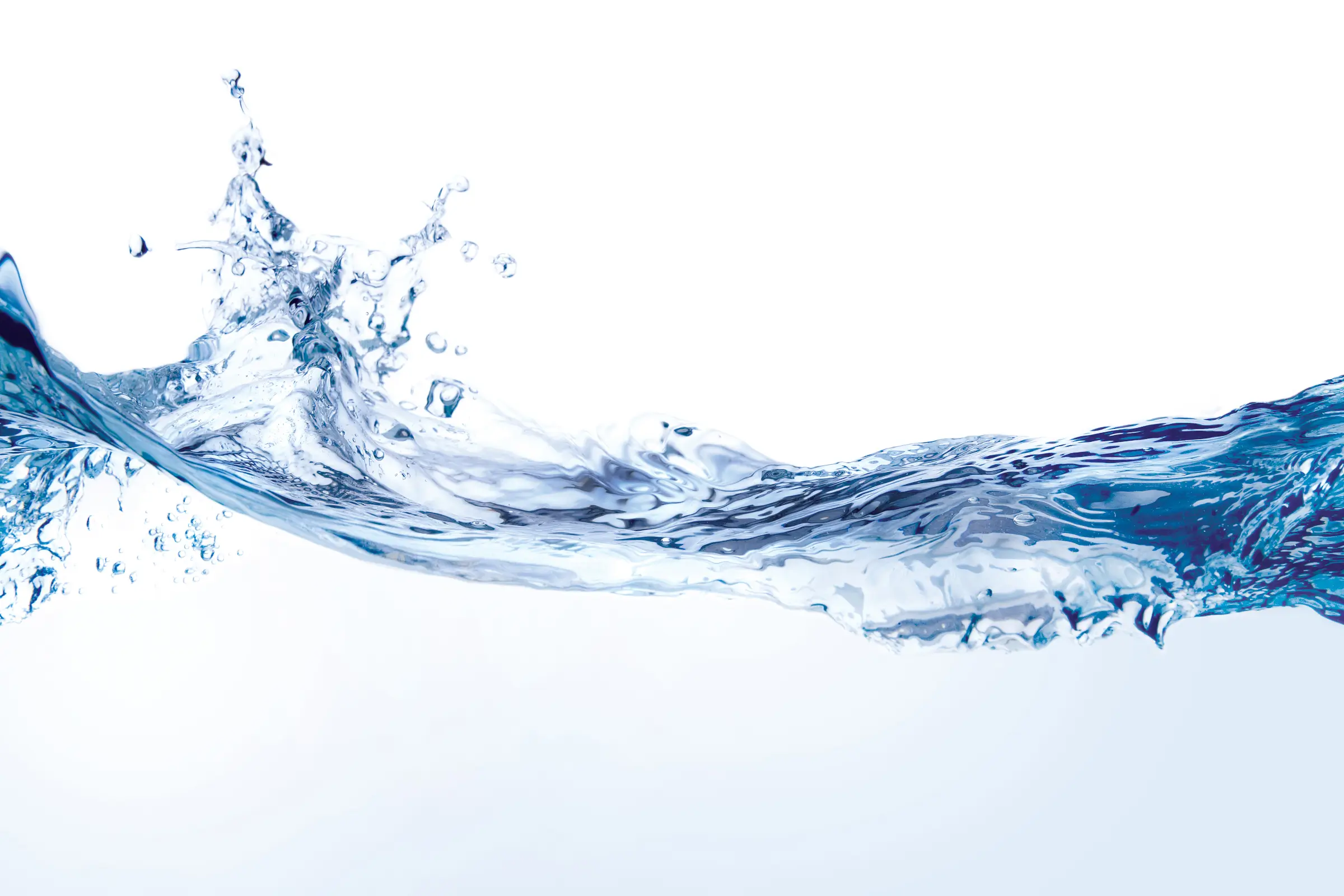Water Mission in Nepal: One Year Later
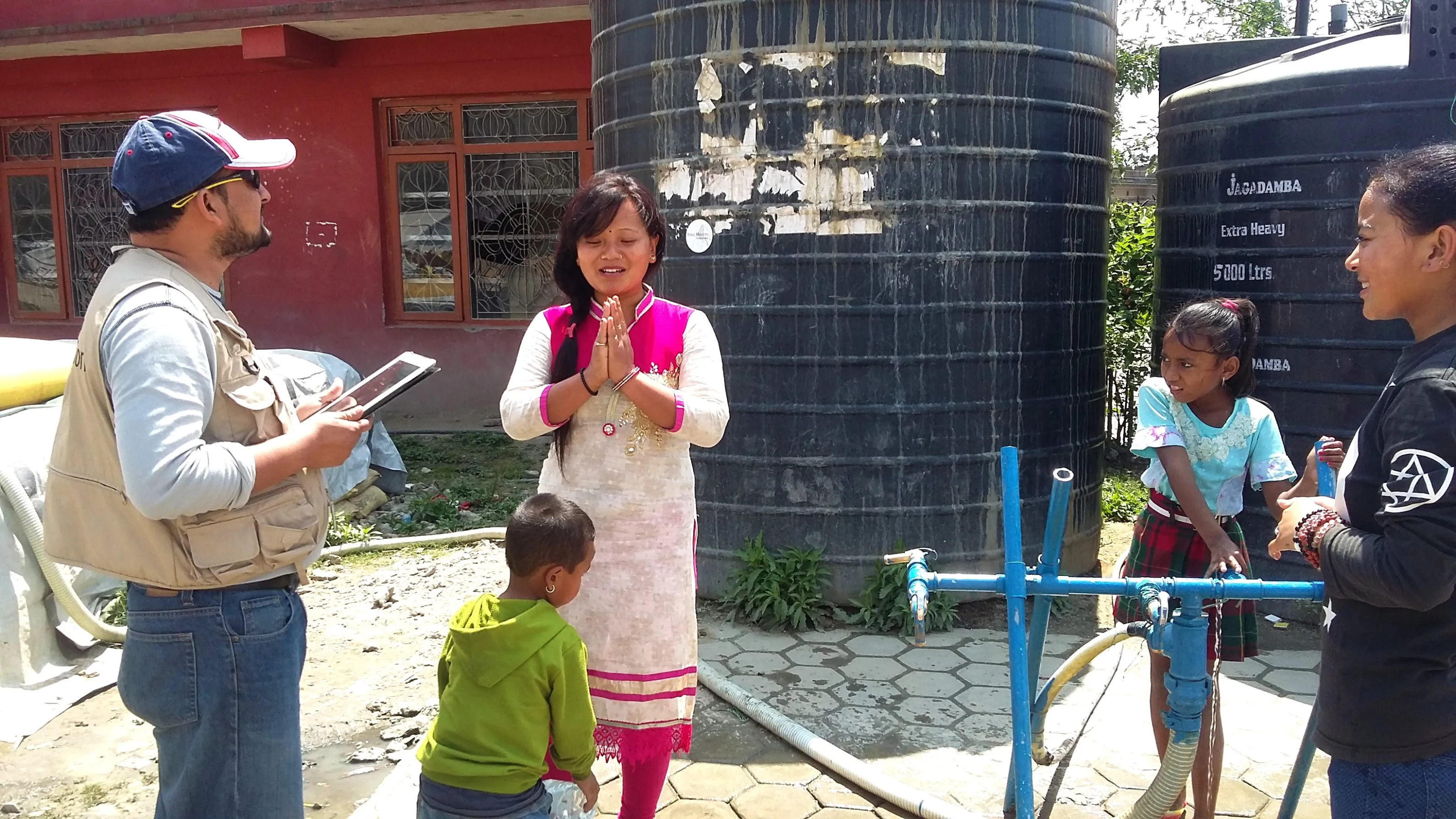
One year ago today, a 7.8-magnitude earthquake devastated Nepal, killing over 8,000 people and injuring twice as many. The remote villages located deep in the mountains were hit the hardest. Homes were collapsing, roads were dangerous with impending landslides, and the infrastructure of communities was devastated. At the time, over 4.2 million people suffered from inadequate food and water supplies, and the threat of cholera was growing each day as a result of unsanitary living conditions (according to the Nepal WASH Cluster).
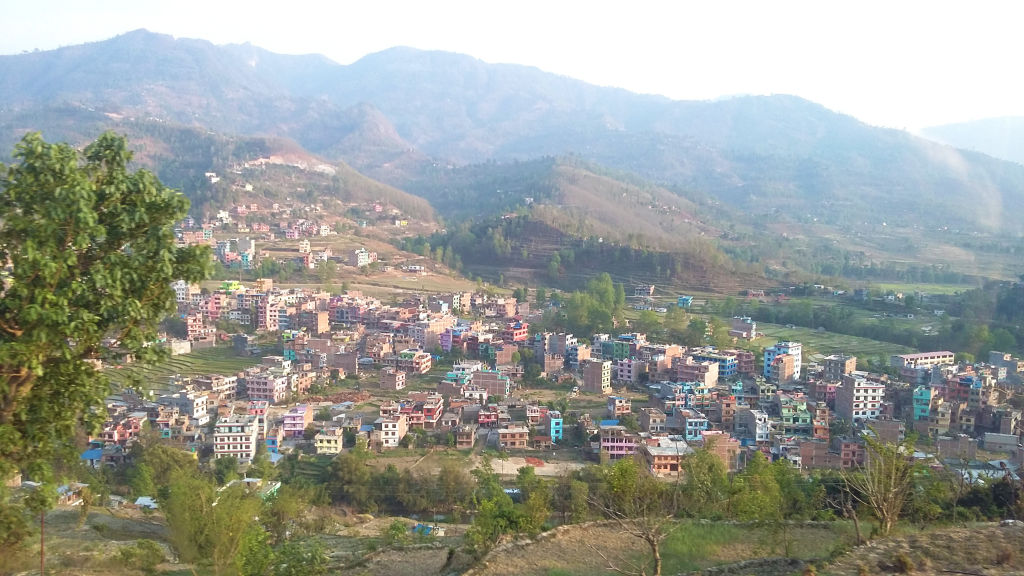
With your support, we were able to send staff within 24 hours of the first earthquake, assess 33 displacement camps, mountainous villages, rural communities and hospitals, and provide nearly 16,000 Nepali people with access to safe water. Our disaster response strategy was fluid at the early stages. We focused on areas of high volume water needs, marginalized groups that were ignored due to logistical access constraints, and areas where our technical engineering expertise was needed because of difficult water quality issues or specialized pumping needs. We provided engineering assistance, such as water quality testing, to other NGOs and government organizations that did not have the ability to perform or analyze the results themselves. We advocated for lasting safe water for the Nepali people, not just temporarily improved water solutions. In order to ensure sustainability of the systems installed after the earthquake, Water Mission staff have been training locals in sustainability management and have worked to convert diesel-powered water treatment systems to solar power. We are still providing operational support for our equipment at four Internal Displaced People (IDP) camps. For many of the residents of these camps, they don't know when they'll leave.
"In my community, several people died [after the earthquake]. We lost our house, that's why we moved here. It's going to be one year [soon], and we're still here. We're very happy that we have water here to shower, clean and wash our clothes. Our dream is to provide for our family, but we don't know how long we'll be here."
A young mother, pictured below, Chucepati IDP Camp, Nepal
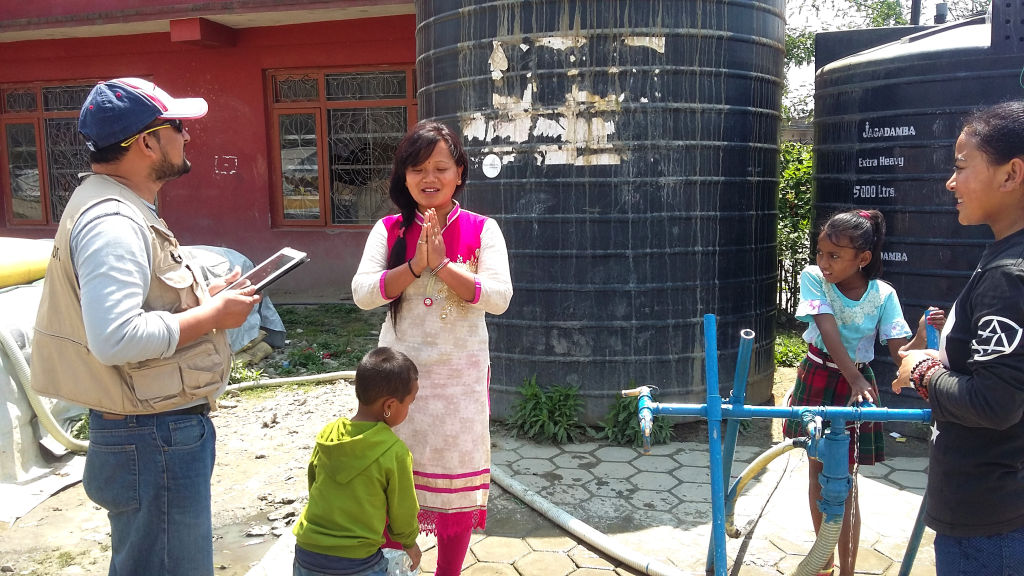

As we transition these disaster response solutions to sustainable community development solutions, our disaster response team is working closely with the local government, communities, and Nepal NGOs to carry forward these projects. As the equipment we deploy in disasters is the same in development projects, these communities will be able to drink safe water for years to come.
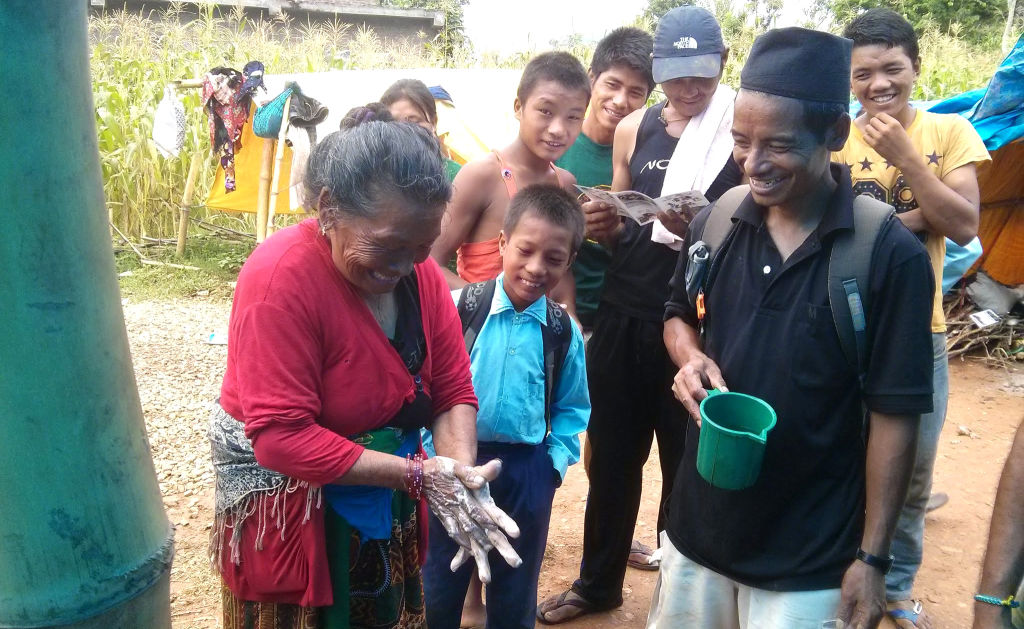

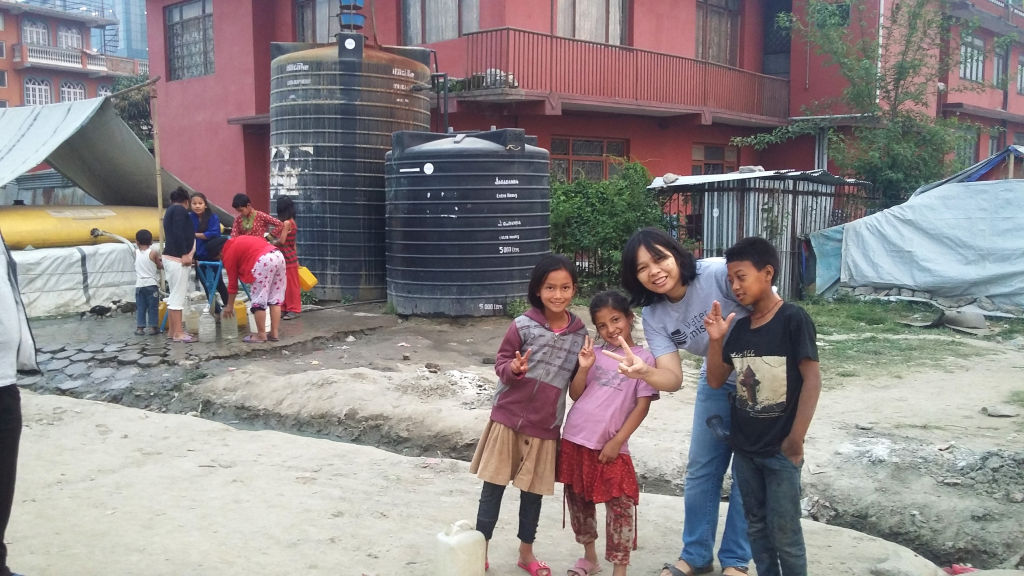
We are incredibly grateful for our partners, supporters, and international team members for working alongside the Nepali people to rebuild after the earthquakes. To give to our continued operational efforts, give here.
Related Impact Stories
